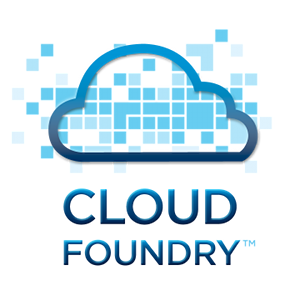 Infrastructure-as-a-Service (IaaS) is a solution that can reduce timeframes to hours, or even minutes. IaaS is a provision model in which an organization outsources the equipment used to support operations, including storage, hardware, servers and networking components. The service provider owns the equipment and is responsible for housing, running and maintaining it. The client typically pays on a per-use basis.
Infrastructure-as-a-Service (IaaS) is a solution that can reduce timeframes to hours, or even minutes. IaaS is a provision model in which an organization outsources the equipment used to support operations, including storage, hardware, servers and networking components. The service provider owns the equipment and is responsible for housing, running and maintaining it. The client typically pays on a per-use basis.
The IaaS revolution must be matched by a restructuring of the way applications are designed and delivered. Using Platform-as-a-Service (PaaS), organizations can reduce application lifecycles as dramatically as they used IaaS to reduce infrastructure timeframes. Of the numerous PaaS offerings available, Cloud Foundry has the largest ecosystem, which includes the enterprise-level distribution Stackato by ActiveState.
Cloud Foundry reduces application lifecycles in numerous ways. First, it provides preconfigured resources that are commonly used by applications, such as database services that support MySQL. It also provides an easy deployment mechanism. Compared to deploying in an IaaS environment, in which each application deployment requires individual resource provisioning, deploying on Cloud Foundry can be accomplished with a single command.
Easy deployment leads to greater flexibility in how organizations develop their applications. For instance, it is easy to develop the initial application in a sandbox, then migrate it to a more secure environment for production use. Likewise, an application that is in production in one data center can easily be migrated to another data center based on capacity needs.
Cloud Foundry reduces the complexity of application deployment and enables greater flexibility in the choice of deployment environments. As the resource challenge shifts from infrastructure to applications, we can expect to see increased enthusiasm for both open source and enterprise Cloud Foundry distributions.



